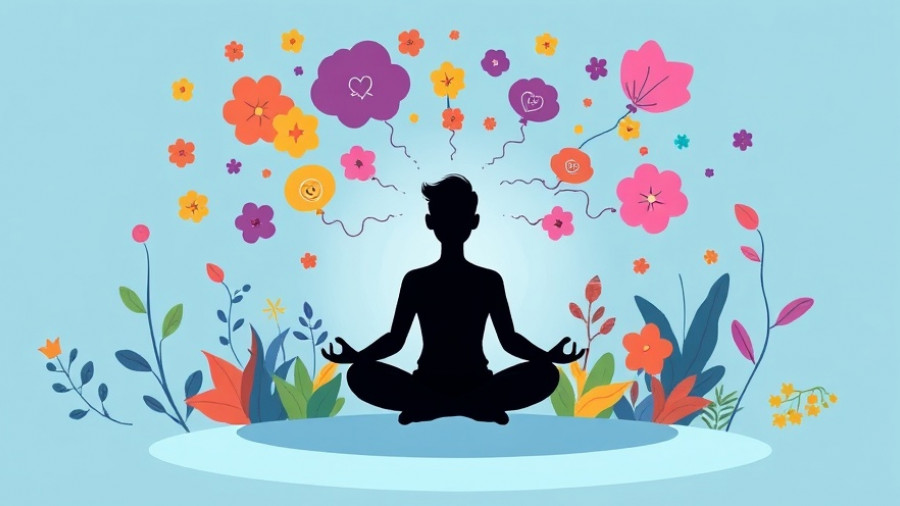
Finding Calm Amid Chaos
In today's world, it often feels like we're surrounded by chaos and anguish. From overwhelming news cycles to personal struggles, it can be challenging to know where to begin when confronting both personal and collective suffering. Wendy O'Leary offers valuable insights, notably emphasizing the transformative power of self-compassion as the first step toward healing.
The Power of Self-Compassion
So, what does it mean to practice self-compassion? Self-compassion is defined by kindness towards oneself during times of pain and difficulty, allowing for emotional warmth even amidst the chaos. When we experience suffering—whether our own or that of others—we tend to react with frustration or despair. Instead, O’Leary suggests we embrace a kinder approach. Think of how you would support a dear friend in need and extend that same understanding to yourself.
Research indicates that self-compassion brings multiple benefits, including enhanced resilience and optimism, alongside decreases in anxiety and depression. This nurturing approach not only helps in managing our own emotional distress but also enables us to respond to others' struggles from a place of love rather than fear.
Developing Self-Compassion Strategies
To cultivate self-compassion, O’Leary suggests practical steps that can be easily integrated into our daily lives. One effective practice is what she calls the "One For Me and One For You" technique, inspired by the Mindful Self-Compassion program. This exercise encourages us to acknowledge our emotions while also checking in with the needs of others. By visualizing support for ourselves—be it strength, patience, or calm—we enhance our capacity to extend that same care to others.
Practices for Nurturing Inner Peace
There are several established practices you can employ to develop self-compassion. Mindfulness is a cornerstone in such practices, allowing us to remain present with our emotions. Simple breathing techniques can help anchor us, promoting serenity during tumultuous times. Engaging in self-kindness, particularly after making mistakes, is essential as it fosters forgiveness and warmth towards oneself.
Additionally, acknowledging our common humanity can cement a sense of community even in isolation. Extensive research shows that self-compassion not only benefits our personal emotional landscape but also strengthens our social fabric when we embrace shared experiences.
Don't Fear the Emotion, Sit With It
As we navigate life’s unpredictability, it's natural to feel a rush of emotions, but instead of shying away from discomfort, embracing it can lead to greater understanding and stronger emotional intelligence. Think of sitting with difficult feelings as an opportunity for growth—essentially learning to love the parts of ourselves that we may want to ignore. O'Leary emphasizes that self-compassion doesn’t dull the pain but rather facilitates a deeper clarity as we confront these challenges.
Call to Action: Embark on Your Self-Compassion Journey
In light of the enlightening practices shared by O’Leary, take the first step in your journey toward self-compassion today. Whether it’s through mindful breathing, moments of self-kindness, or connecting with others, each small act can have ripple effects, fostering not only personal healing but also contributing to a more compassionate world.
 Add Row
Add Row  Add
Add 




Write A Comment